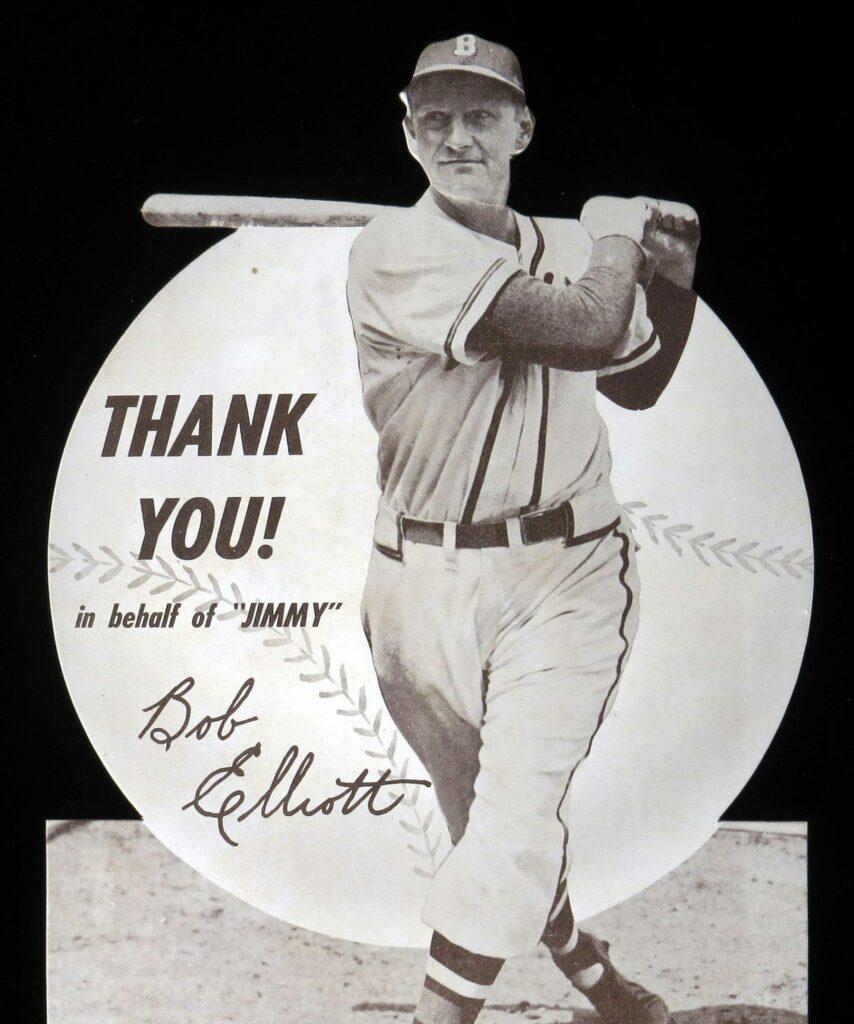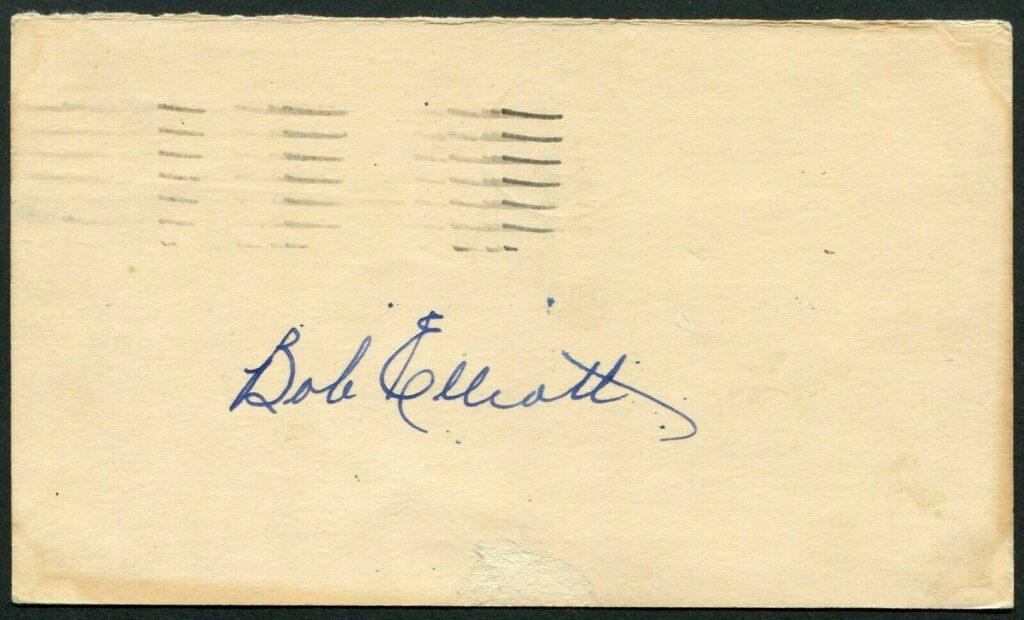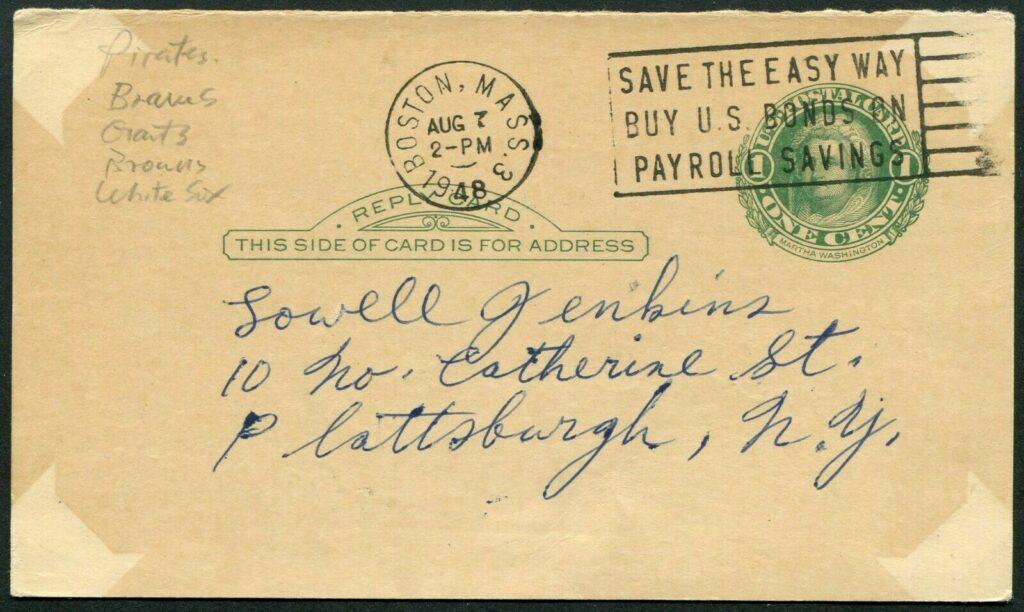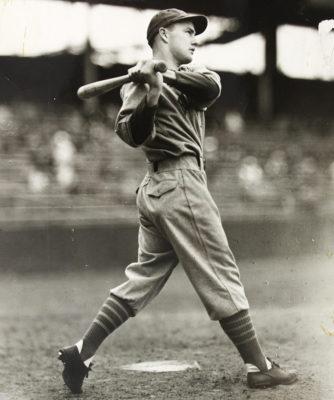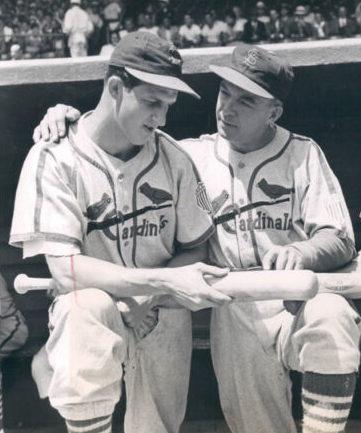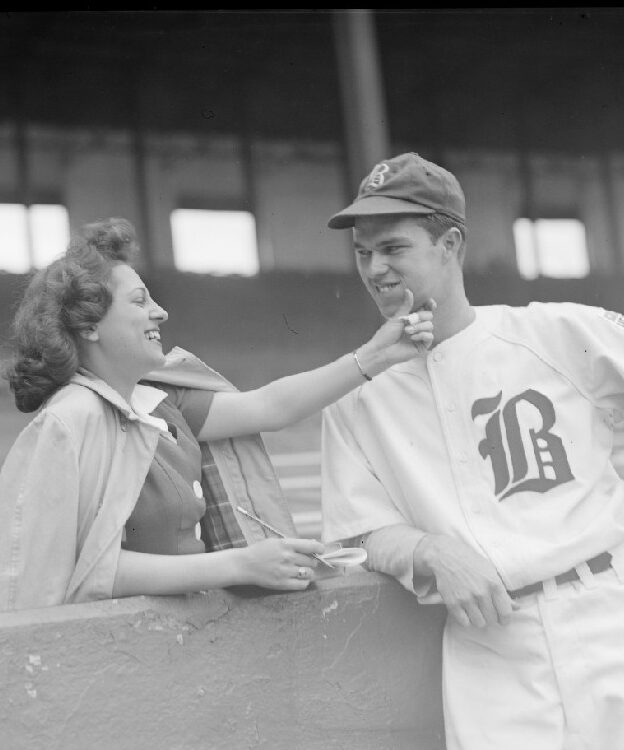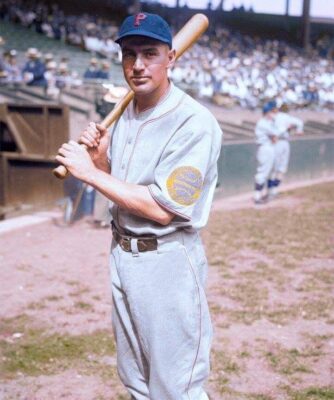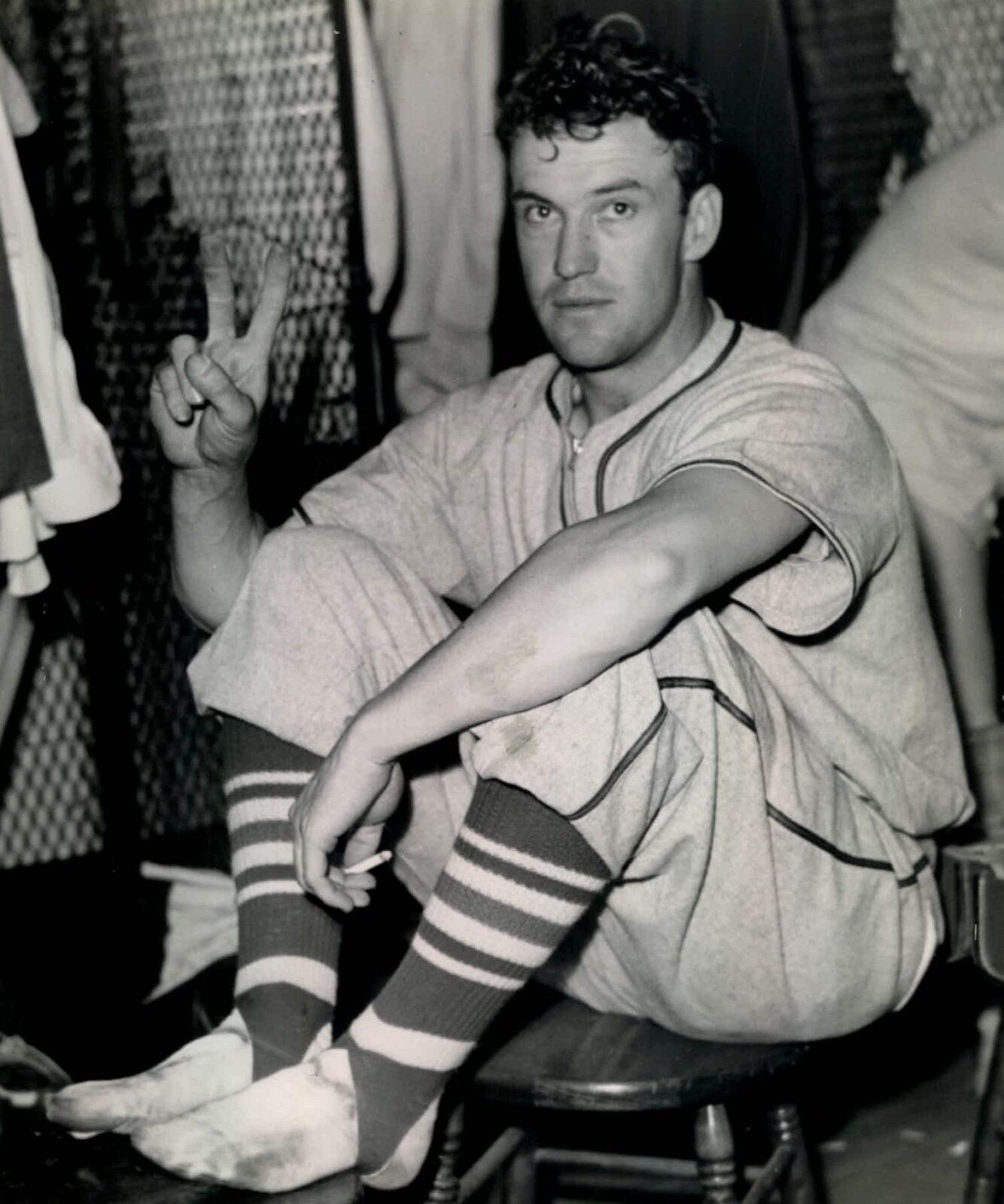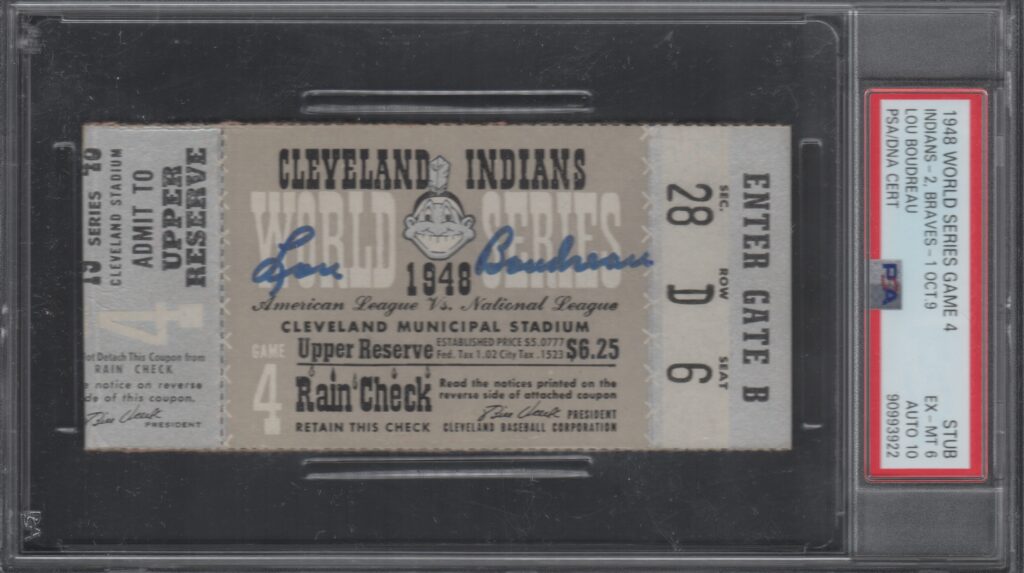
Bob Elliott’s first two seasons with the Boston Braves were nothing short of remarkable, highlighted by an MVP award and a National League championship. In 1947, he earned the MVP nod by slashing an impressive .317/.410/.517, belting 22 home runs and driving in 113 RBIs.
The following year, Elliott continued to shine, scoring 99 runs with a leading the league with 131 walks, and a career-best .423 on-base percentage. He hit 23 home runs and collected 100 RBIs to steady the Braves’ successful run to the National League pennant.
Elliott truly made his mark on baseball’s biggest stage during the World Series against the Cleveland Indians. In Game 5, facing off against Hall of Fame pitcher Bob Feller, Elliott seized the moment.
With two runners on base in the first inning, Feller threw a first-pitch strike, but Elliott was ready. He crushed Feller’s next offering over the right field wall for a three-run homer.
When he came to bat again, Elliott showcased his power once more, hitting another home run, this time to left field. Although the Braves ultimately fell short in the Series, Elliott did his part. With a .333 batting average, a .391 on-base percentage, and a .619 slugging mark, he made Boston fans proud.
Shown here is a ticket to Game 4 of the 1948 World Series signed by 1948 MVP Lou Boudreau. The Indians player/manager played a part in the Indians 2-1 victory over the Boston Braves.
In the bottom of the first inning he hit a double down the right field line to score leadoff man Dale Mitchell. In the third inning Larry Doby added a solo home run that proved to be the difference.
